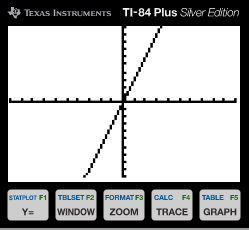
First of all….I’m exhausted!!! My school is doing hybrid, split-session schedule. We teach for 3 hours(AM students), have an hour break for lunch and prep, then teach for 3 hours (PM students). I have never been so tired in my career as an educator. This is tough!!!! So many educators have it worse than me, and I just want to say to all teachers that you are doing an AMAZING JOB.
Now to the topic at hand, how I am assessing during hybrid learning. Let me first say that I am not proud of how I am assessing, or of my assessments in general. If it were my choice, I would not assess at all during this challenging time in education. Most if not all of use have lost instructional time with our students, who already have gaps from the spring. To me, the most logical thing to cut out this year would have been formal assessments. For some reason, our school is still grading ‘normally’ where we give a number grade that gets converted to a traditional letter grade.
To avoid handing out paper and collecting paper, it seems like the only way to assess this year is digitally. I thought about how, and like most things math for me Desmos was the solution. I used Desmos in the spring to assess when we were all digital, and it worked well enough. I committed time and energy, and harasses the AMAZING Jay Chow from the team at Desmos, to use computation layer (CL) to auto-grade and give feedback to my students. It was a huge time commitment, it had a steep learning curve, I messed up some CL, but I made it work. It was in NO WAY perfect, but it was a solution.
Fast forward to this fall, and I still had the dilemma of how to assess. I still chose Desmos. Why? I’m comfortable with it, and since I use it a lot as a learning tool in the classroom my students are also comfortable with it. We are all short on time and are getting pulled in 20 directions, and it is even more challenging to make connections with students. I decided to not use CL this fall to auto-check and give feedback, but rather to use the feedback feature Desmos has offered to its users. Now during my assessments I look like Jim Carrey in “Bruce Almighty” during the granting wishes scene.
To be honest…..I HATE that I have to use Desmos to assess. I love designing Desmos activities that make students think, that create conversations, that give students an opportunity to be right and wrong and see the beauty in both. Unfortunately, for me right now, this is the best and easiest solution. I look forward to the day I can have full classes F2F and we can being doing Desmos activities and have great discussions. I also look forward to the day I DON’T have use use Desmos to assess.
Just wanted to share this with my fellow math teachers. Many of us are making decisions we are not proud of out of necessity during these challenging times. Please don’t judge me, and please don’t judge others for their decisions!
As always, reach out to me if I can ever help or if you just want to chat. Teachers need other teachers right now!!!



